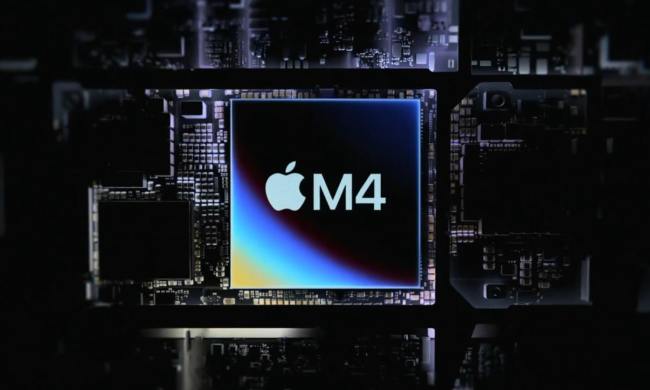
But now, the firm is giving away this software, Microsoft’s PhotoDNA, to the public for free. In an effort to stem the flow of more than 720,000 abuse images that appear online every single day, Microsoft’s cloud version of the software can be used by small businesses and individuals across the board in a collective effort to end this disgusting (not to mention illegal) practice.
In a blog post announcing the release, Microsoft noted, “The new PhotoDNA Cloud Service takes away … potential hurdles for smaller companies and other organizations that want to give users the freedom to upload content while ensuring the integrity of their platforms.” As Courtney Gregoire, a senior attorney at Microsoft’s Digital Crimes Unit said, “Finding these known child sex abuse images in that huge universe is like finding a needle in a haystack. We needed an easier, more scalable way to identify and detect these worst of the worst images … and that’s how the concept for PhotoDNA in the cloud was born.”
According to Microsoft, the technology works by allowing “companies to compare millions of photos against a hash set of child sexual abuse images,” a set that is “derived from the ‘worst of the worst’ child pornography images uploaded to the CyberTipline by electronic service providers. John Shehan, vice president of NCMEC’s Exploited Child Division, told Microsoft, “Certainly, it’s important from a victims’ rights perspective; these are crime scene photographs. Microsoft providing this service is immense.”
Another key benefit of PhotoDNA is its reduction of the amount of time humans must spend looking at such disturbing content, which is taxing not only from an efficiency standpoint, but from an emotional and mental perspective as well. While some human content moderation is inevitable, at the very least, PhotoDNA lessens the burden, which is crucial in maintaining the well-being of many of these individuals.
If you’d like to use PhotoDNA for your own business, Microsoft allows you to apply for the service, encouraging everyone to work together in eliminating child sexual abuse images from the Web. It may be a long and arduous process, but there are few that are more worthwhile.


